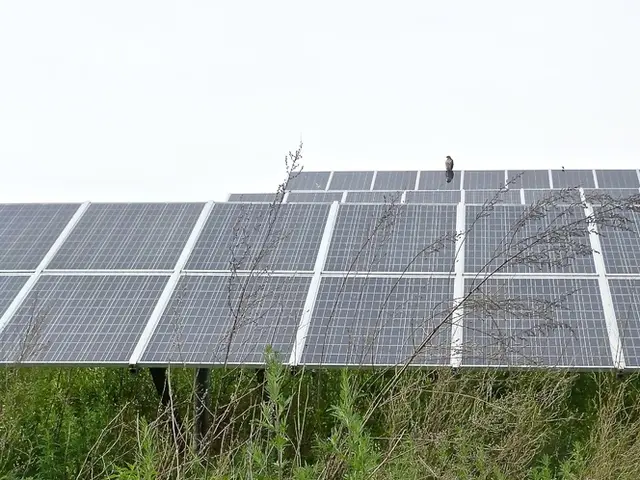Dr. Inka Dreßler Pioneers 3D Printing in Construction
Dr. Inka Dreßler, a researcher at TU Braunschweig, is pushing the boundaries of 3D printing in construction. She's involved in two projects within SFB/TRR277, exploring particle bed 3D printing and reinforced shotcrete elements. Her work aims to create geometrically precise and mechanically robust components, reducing CO2 emissions through recycled material use.
Dr. Dreßler's research focuses on the material-process interaction of particle bed 3D printing. She's investigating how liquid penetration into the particle bed is affected by particle size, having collaborated with experts in Brittany to develop a formula describing this relationship.
Her work has applications in creating sustainable building materials. She's looking to produce steel-reinforced concrete components with precise geometry and high strength using 3D printing. This process allows for virtually unrestricted geometry choices, currently used in furniture and facade elements.
Dr. Dreßler is not alone in her endeavours. Researchers from TU Braunschweig and TU München are working together in SFB/TRR277 to explore suitable materials and printing methods for 3D-printed houses. These advancements are expected to change job profiles, improve safety, and enable more precise and dynamic production.
Dr. Inka Dreßler's research is at the forefront of 3D printing in construction. Her work promises geometrically precise and mechanically robust components, produced using sustainable materials and methods. With 3D-printed houses now a reality in Germany, her research could significantly impact the future of construction.
Read also:
- Industrial robots in China are being installed at a faster rate than in both the United States and the European Union, as the global market for these robots faces a downturn.
- Galvanize Unveils $1.3 Billion Plan to Fund the Energy Sector's Evolution Pathway
- EAFO Research Uncovers Crucial Elements in Electric Vehicle Adoption within the EU
- Zeppelin's Fuel Cell Unit Powers 'Sandstedter Sommer' Festival








